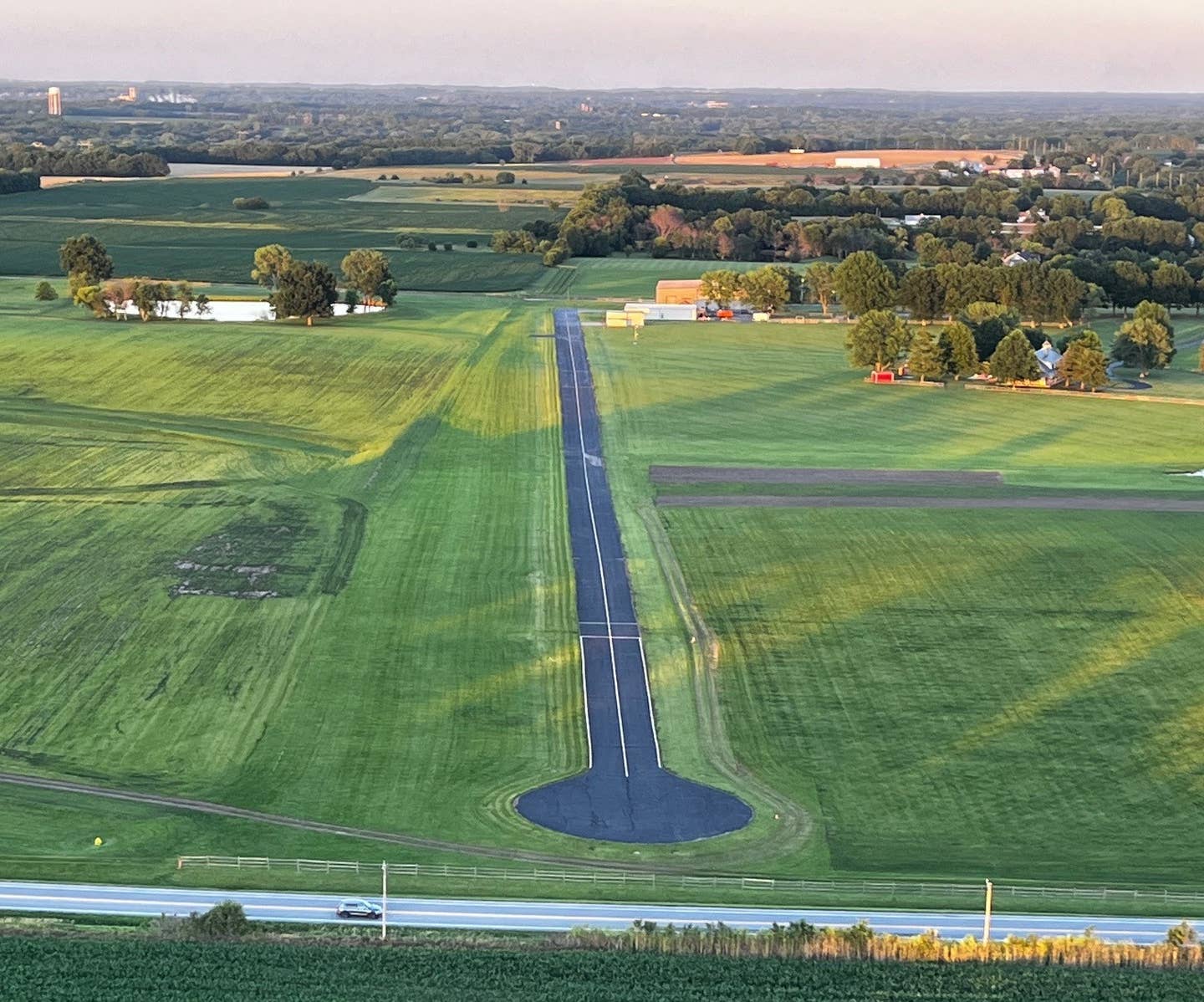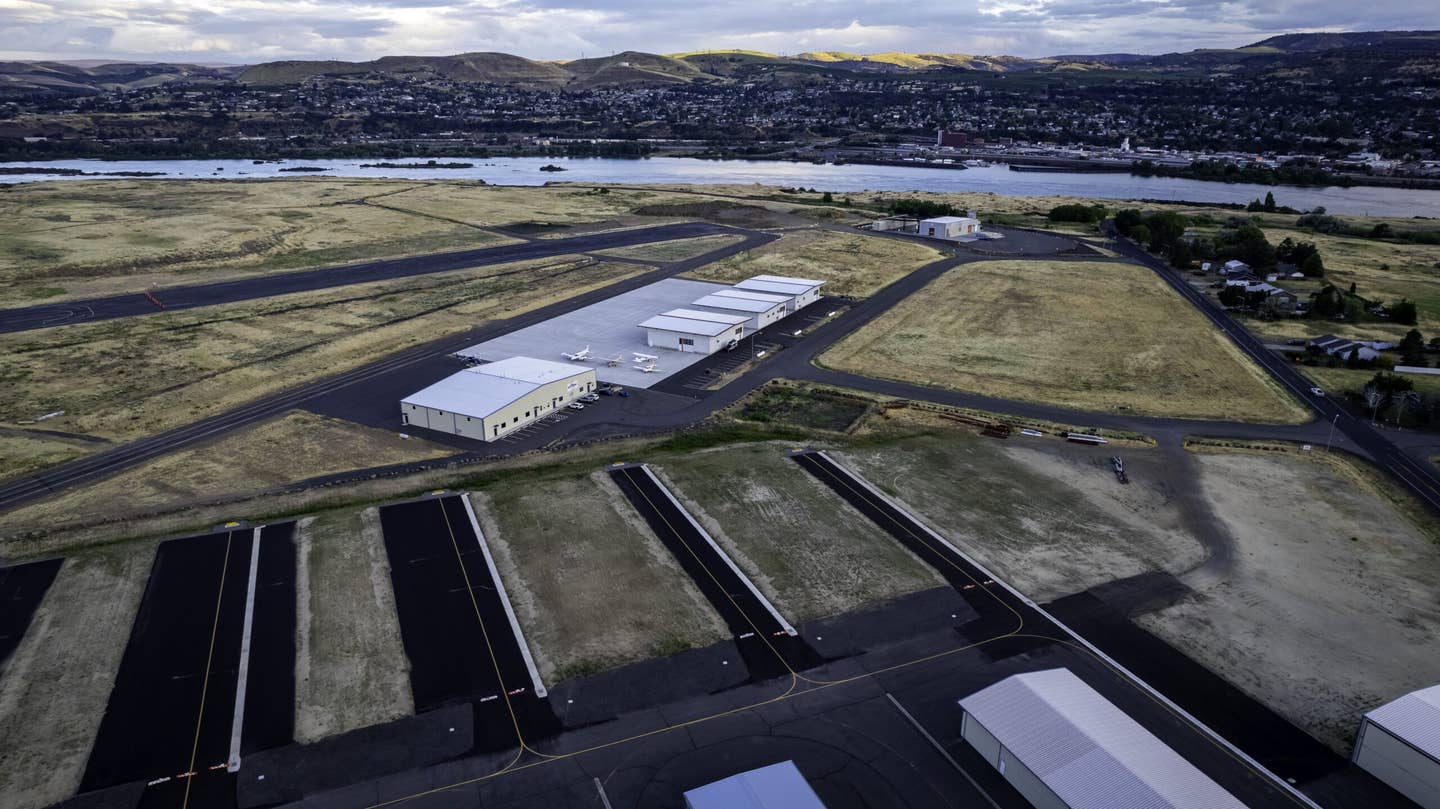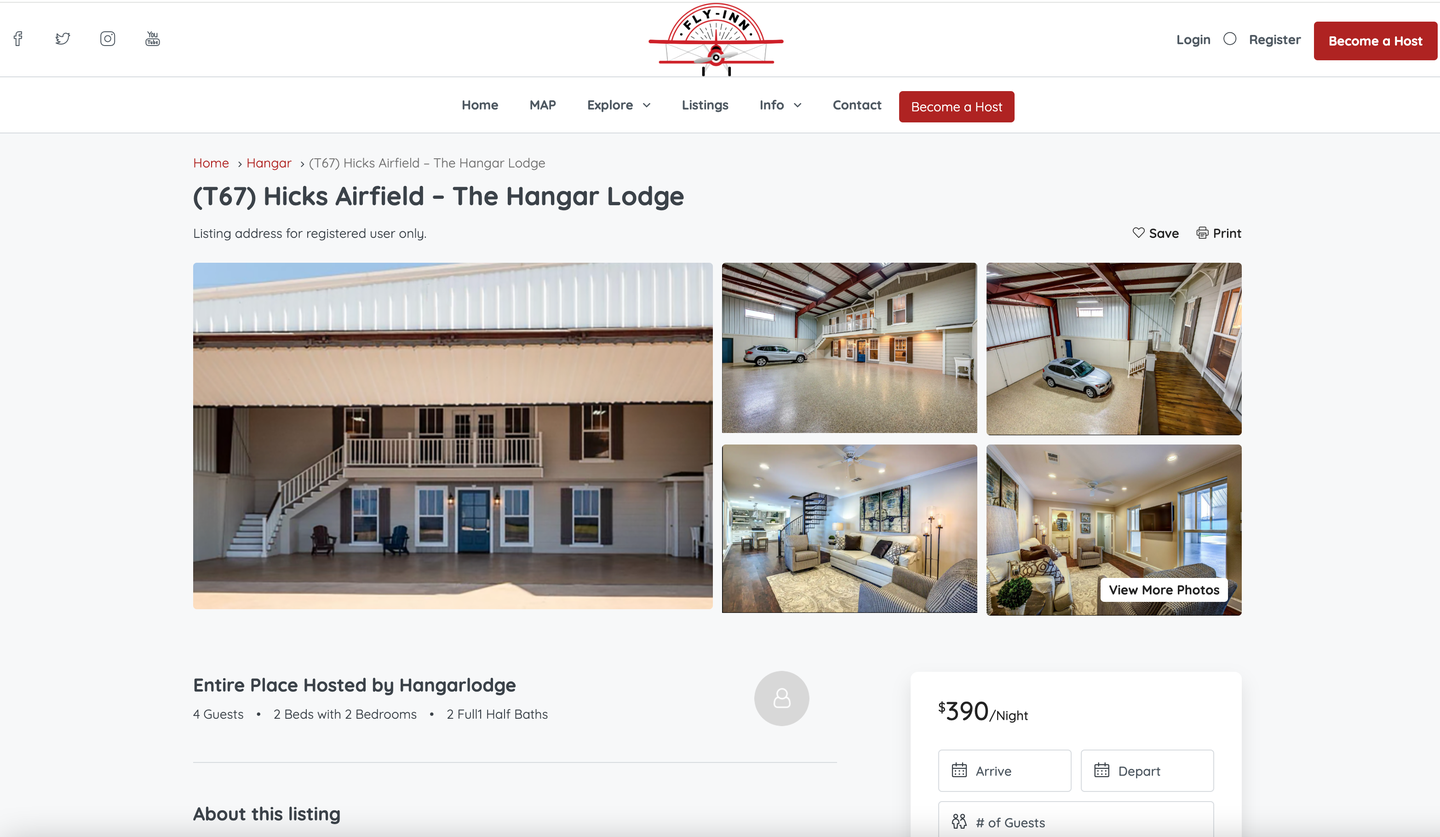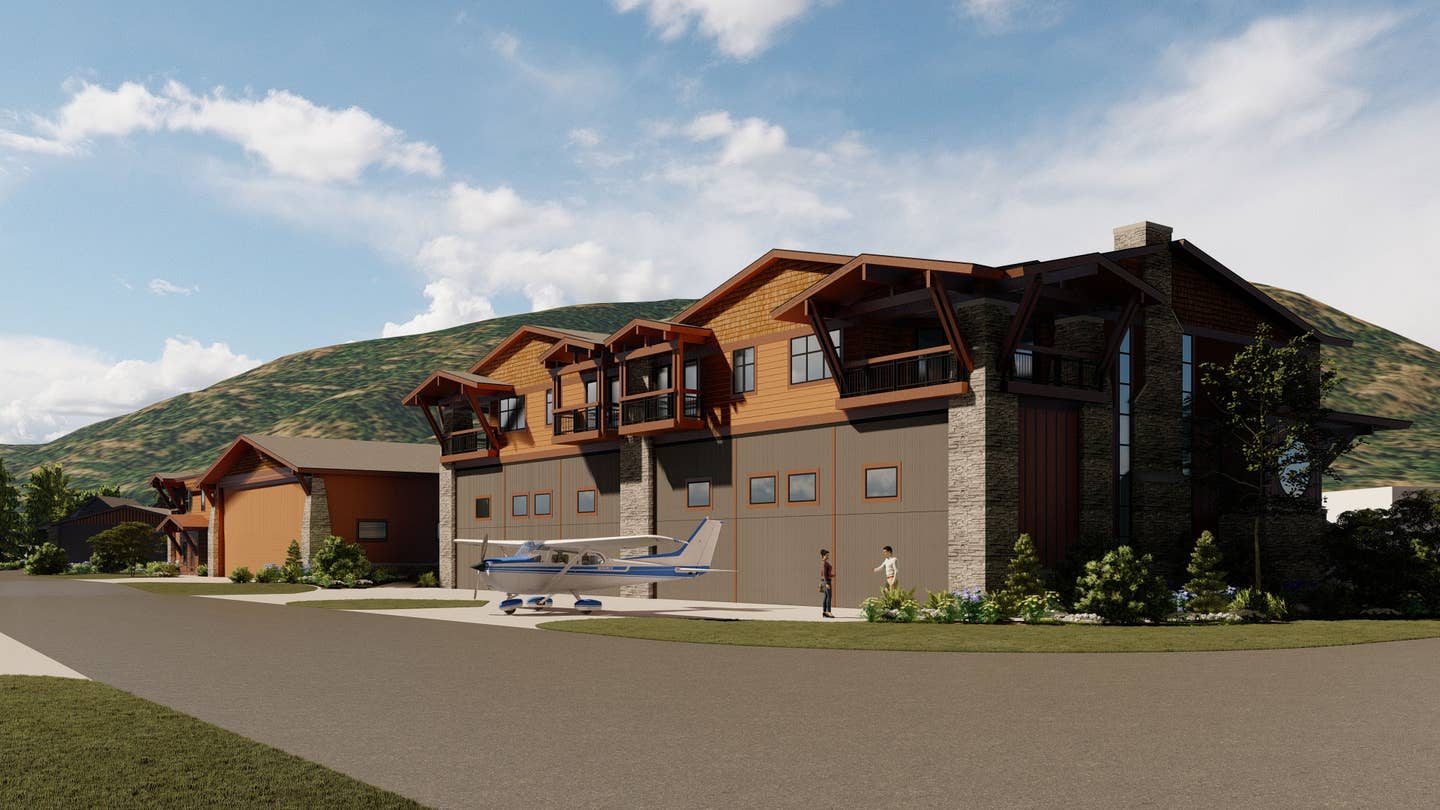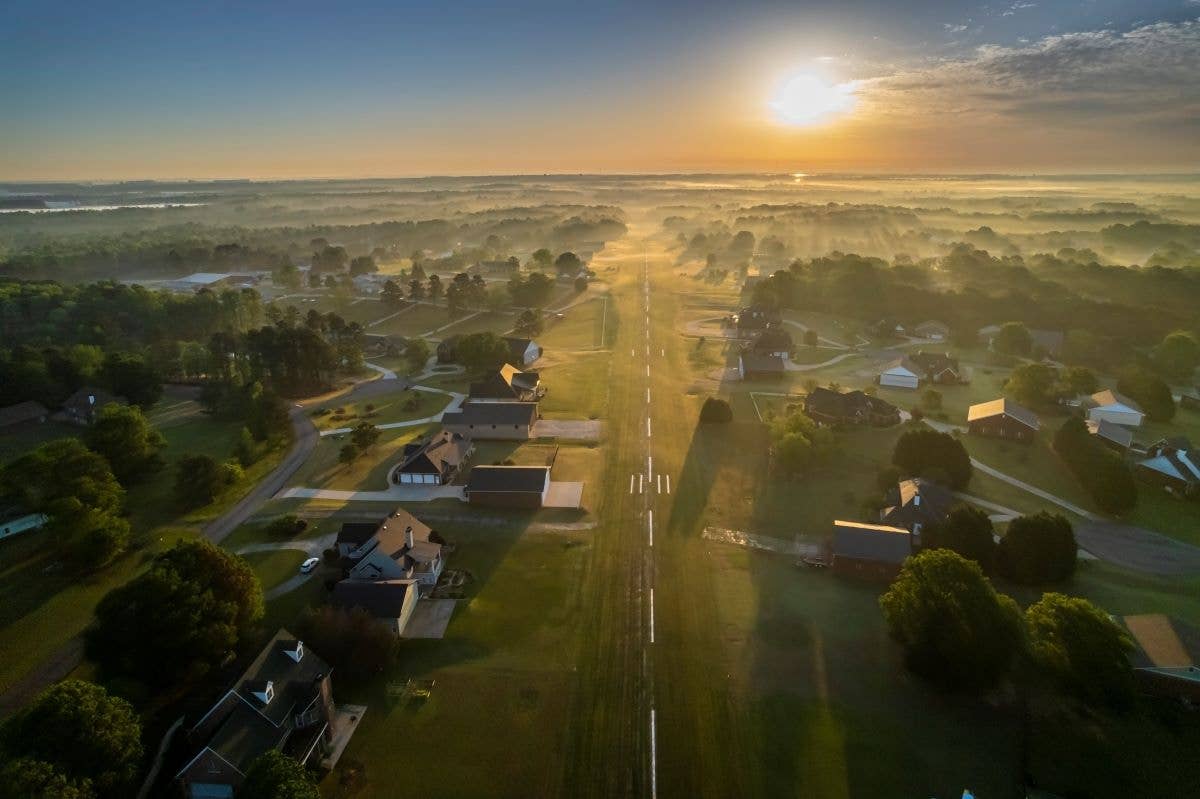BAG Focuses on Airport Growth, Airpark Access
One of the services offered by this Colorado-based aviation real estate firm is to help prospective buyers crack into residential airpark waiting lists.
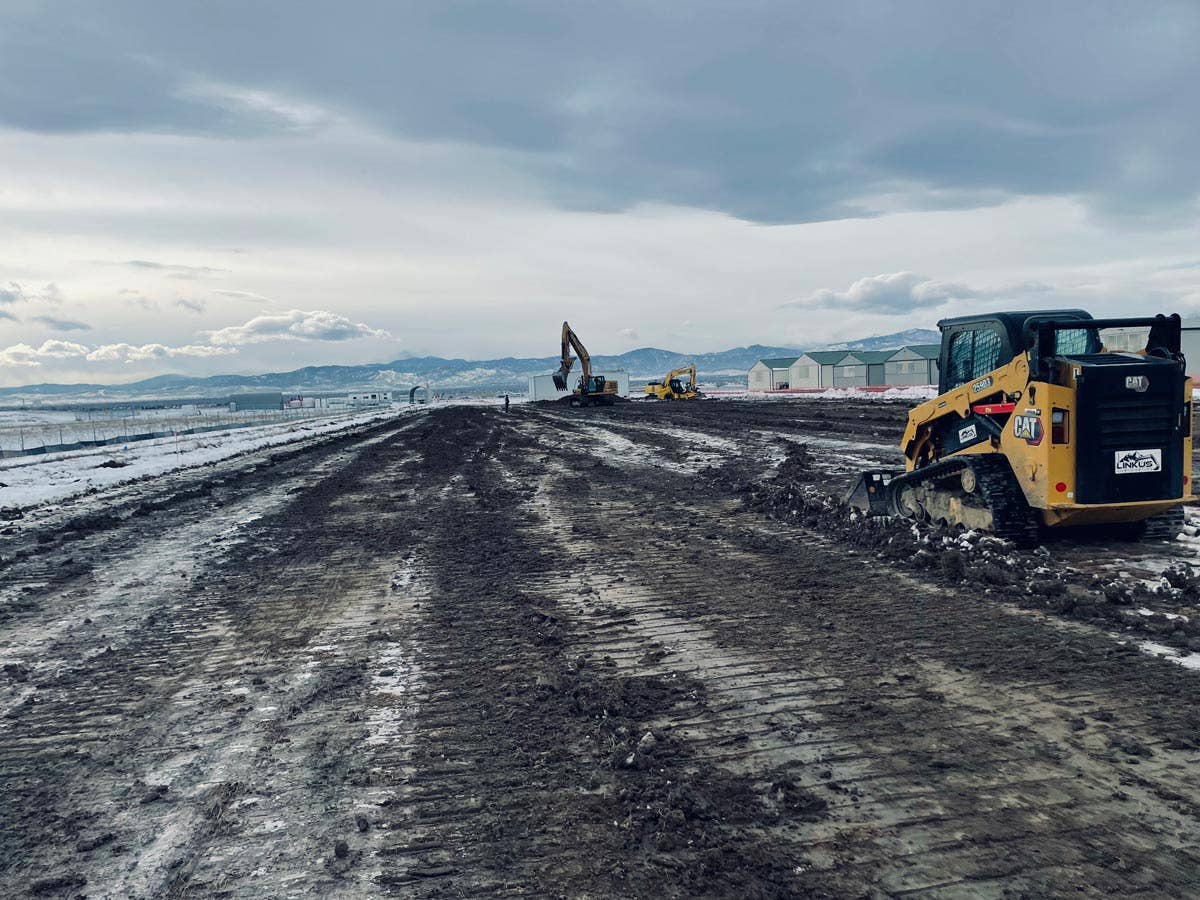
Construction progress of the 23 new hangars at Northern Colorado Regional Airport (KFNL). [Courtesy: Business Aviation Group]
“Development has to be right for the airport,” cautioned Iver Retrum, partner and managing broker of Business Aviation Group.
“A lot of people think that you can go in, develop it, and that they will come," Retrum said. "But that doesn’t necessarily work at every airport. You have to understand what the market is first. That seems simple, but a lot of times it’s not.”
Through more than two decades of industry experience, Retrum has seen the success of dozens of hangar projects and other on-airport developments predicated on proper examination of marketplace demand and other factors.
His first foray in the space was working for Signature Flight Support as a national sales manager. After five years with Signature, he transitioned to another well-known business aviation company, ARINCDirect. Following his departure in 2007, Retrum was entrusted with business development and marketing efforts for SunBorne’s 125-acre Centennial InterPort master-planned aviation development at Centennial Airport (KAPA) near Denver, Colorado.
Eight years later, and after managing roughly 250,000 square feet of commercial hangar space with that organization, Retrum co-founded Business Aviation Group. Not only does the Centennial, Colorado-based company provide feasibility and analysis services, it also offers numerous other services to developers and FBOs across the country.
“Business Aviation Group does a lot of different things. And again, my background is aviation real estate, so I concentrate on valuation, transaction, and marketing. I have been a Colorado real estate broker for the last 10 years, so that’s what my focus is. Then we have a project management leg of the stool as well, which is a big portion of our business. With that, we are helping FBOs and developers go out and project manage these developments. These range from big corporate hangars down to condo hangars or executive hangar-type developments,” Retrum began.
“We are doing that across the country and have about 12 different projects that we are working on right now. Several of those are here in Colorado, but others are spread across the country. Some of those projects, we are invested on the development side, so we are actually in the capital stack ourselves. On other projects, we serve as a consultant and help those through the process, which is another key aspect of our business.”
The list of projects that the company is presently undertaking within the Centennial State includes:
AeroFNL at Northern Colorado Regional Airport (KFNL)
- 77,000 sq. ft of new box hangars
- 23 hangars: 2,600–5,100 sq. ft.
GarCo Premier Hangars at Rifle/Garfield Airport (KRIL)
- 56,400 sq. ft. of business and general aviation hangars
- 15 hangars: 2,750–14,000 sq. ft.
AeroHDN at Yampa Valley Regional Airport (KHDN)
- 58,000 sq. ft. of executive and corporate hangars
- 3,600–4,800 sq. ft. executive units
- 28,400 sq. ft. corporate hangar
In total, these three projects add nearly 200,000 sq. ft. of additional hangar space within the state—at airports that are growing or are expected to in the near future. As a result of these and other projects undertaken throughout his tenure within the industry, Retrum has become adept at the art and science of airport property valuation. This is a topic that he frequently discusses with other members of the aviation community.
“I generally tell [fellow] pilots, and I have been on the soapbox for quite a while, that I always see value in the real estate at airports. But so many folks go out and put the ‘For Sale’ sign on their hangar, and they sell it for what the guy next to them sold theirs for. They don’t really take the time to expose the listing to the market and understand its real value. And there are so many different value pieces when it comes to ground leasing, and cash flows, as well as other aspects,” Retrum noted.
“Certainly, as a broker, I always say that I can add value in that for you, but the best thing to do is, if nothing else, is to market the property. You have to put it in the marketplace to get the best offers on real estate. And so much of what we do is beyond your local community. These days, I am marketing regionally and nationally. I’m getting calls from New York and such, which is important. If you really want to extract the most value out of the time and energy you put into your aviation real estate asset, is to go out and market it.”
Not only does Business Aviation Group work in the commercial side of aviation real estate, but they are also heavily involved with residential airpark listings.
“Colorado airparks are hard to get into these days. I would say that most of the communities in the state have waiting lists…Typically, we do more of what I call buyer representation at airparks, because of their waiting lists. So, we help pilots infiltrate them, rather than going out and marketing the individual communities or the listings themselves. We are helping pilots figure out how to get into those communities. And there has been a lot more activity in recent years on the airpark side of our business.”
Retrum added that Colorado has 13 fly-in communities. Since he has had listings at, or has become familiar with, all these communities—he can better educate prospective buyers.
“It's always interesting going from airpark to airpark. There is such a difference in professionality in HOA documents, and the like, between them. Some airparks are just the wild west and those are typically the ones that have lower values. But just because of the general residential market in Colorado, all airpark homes are high commodities right now.”
Retrum has long curated a resource to highlight these airport properties, both residential and commercial, to the national aviation community.
“I developed Hangar Network in 2013. I saw a need for the ability to communicate with aviation real estate on the national level, because I had this 125 acres, and it was very difficult to communicate it across the broader web. Hangar Network was very successful and today has turned into Aviation Property Network (APN). It has become the MLS for aviation real estate. APN is meant to accommodate all aspects of aviation real estate, such as on-airport private hangars, FBOs, hangar homes, and airports themselves,” he said.
“Attached to the web service is an affiliate network of Aviation Real Estate Specialists that specialize within their region or state. These folks have been trained to understand the value on a local basis and are well suited to help folks find, sell, and value aviation real estate.”
Retrum added that the organization will have representation at Sun n’ Fun Aerospace Expo this year through their southeastern APN affiliates.

Subscribe to Our Newsletter
Get the latest FLYING stories delivered directly to your inbox

